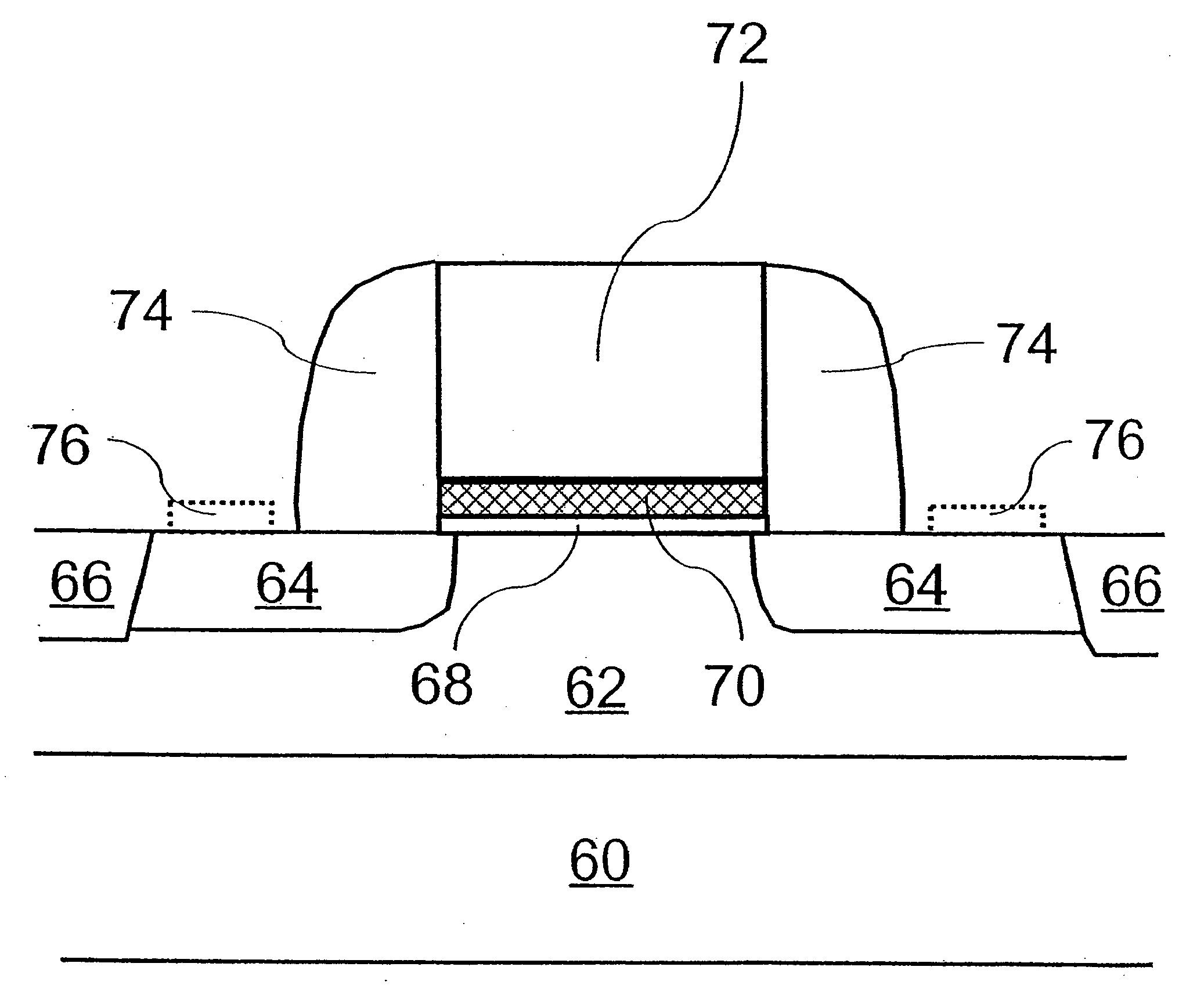Method of growing electrical conductors
a technology of electrical conductors and growth methods, applied in the direction of electrical equipment, chemical vapor deposition coatings, coatings, etc., can solve the problems of difficult to attach source chemical molecules to the surface, drawbacks of ald-type growth of metal thin films, and difficult to deposit high-quality elemental metal thin films, etc., to achieve excellent step coverage of conductive thin films
- Summary
- Abstract
- Description
- Claims
- Application Information
AI Technical Summary
Benefits of technology
Problems solved by technology
Method used
Image
Examples
example 1
[0164]The deposition was carried out in an F-200 ALCVD™ reactor manufactured by ASM Microchemistry Oy, Finland. Cu(thd)2 was loaded into an external source container and heated to 180° C. The flow of the O3 / O2 mixture was set to 120 std·cm3 / min. There was about 15% of O3 in O2. A 200 mm silicon wafer was loaded through a load lock into the reaction chamber of the reactor. The pressure of the reaction chamber was adjusted to about 5-10 mbar with a vacuum pump and flowing nitrogen gas. The reaction chamber was then heated to 210° C. One pulsing cycle consisted of 0.5 s Cu(thd)2 pulse, 1.0 s N2 purge, 0.5 s O3 pulse and 1.0 s N2 purge. The pulsing cycle was repeated 3000 times. The thin film grown on the wafer had a brownish gray color, high resistivity and excellent adhesion. The thin film consisted of CuO, which was treated with an organic reducing agent to create a metallic copper metal film on the wafer. The reduced thin film had good conductivity and s...
example 2
ALD of Copper Oxide, Method II
[0165]The deposition of copper oxide was carried out according to Example 1, with CuCl used as the copper source chemical. Pieces of silicon substrates with and without a TiN coating were loaded into the reaction chamber of the reactor. CuCl was loaded into a source tube and the reactor was evacuated. The pressure of the reaction chamber was adjusted to about 3-10 mbar with a vacuum pump and flowing N2 gas. The reaction chamber was heated to 380° C. and CuCl to about 360° C. Copper oxide grew in a controlled manner and with excellent adhesion to both of the substrates and had the same performance as the CuO film obtained in Example 1.
example 3
ALD of Copper Oxide, Method III
[0166]Surprisingly, it was found that copper oxide (Cu2O) can be grown by ALD using anhydrous copper nitrate Cu(NO3)2 and an aqueous solution of NH3 as source chemicals. It turned out that dry gaseous ammonia does not form Cu2O with anhydrous copper nitrate.
[0167]Cu(NO3)2 was synthesized according to the instructions of C. C. Addison et al. (J. Chem. Soc. (1958) pp. 3099-3106). Wet NH3 vapour was formed by evaporating aqueous solution of NH3 at room temperature from an external source bottle. The temperature of the Cu(NO3)2 source tube was set to 120° C. Silicon and TiN-coated silicon were used as substrates. The substrate temperature was about 150° C. Higher substrate temperatures were also tested. However, it was found that it is difficult to control the film uniformity at higher growth temperatures, possibly because of the thermal decomposition of copper nitrate in gas phase.
[0168]One pulsing cycle consisted of four steps, in the following order: Cu...
PUM
| Property | Measurement | Unit |
|---|---|---|
| thick | aaaaa | aaaaa |
| thickness | aaaaa | aaaaa |
| thickness | aaaaa | aaaaa |
Abstract
Description
Claims
Application Information
 Login to View More
Login to View More - Generate Ideas
- Intellectual Property
- Life Sciences
- Materials
- Tech Scout
- Unparalleled Data Quality
- Higher Quality Content
- 60% Fewer Hallucinations
Browse by: Latest US Patents, China's latest patents, Technical Efficacy Thesaurus, Application Domain, Technology Topic, Popular Technical Reports.
© 2025 PatSnap. All rights reserved.Legal|Privacy policy|Modern Slavery Act Transparency Statement|Sitemap|About US| Contact US: help@patsnap.com



